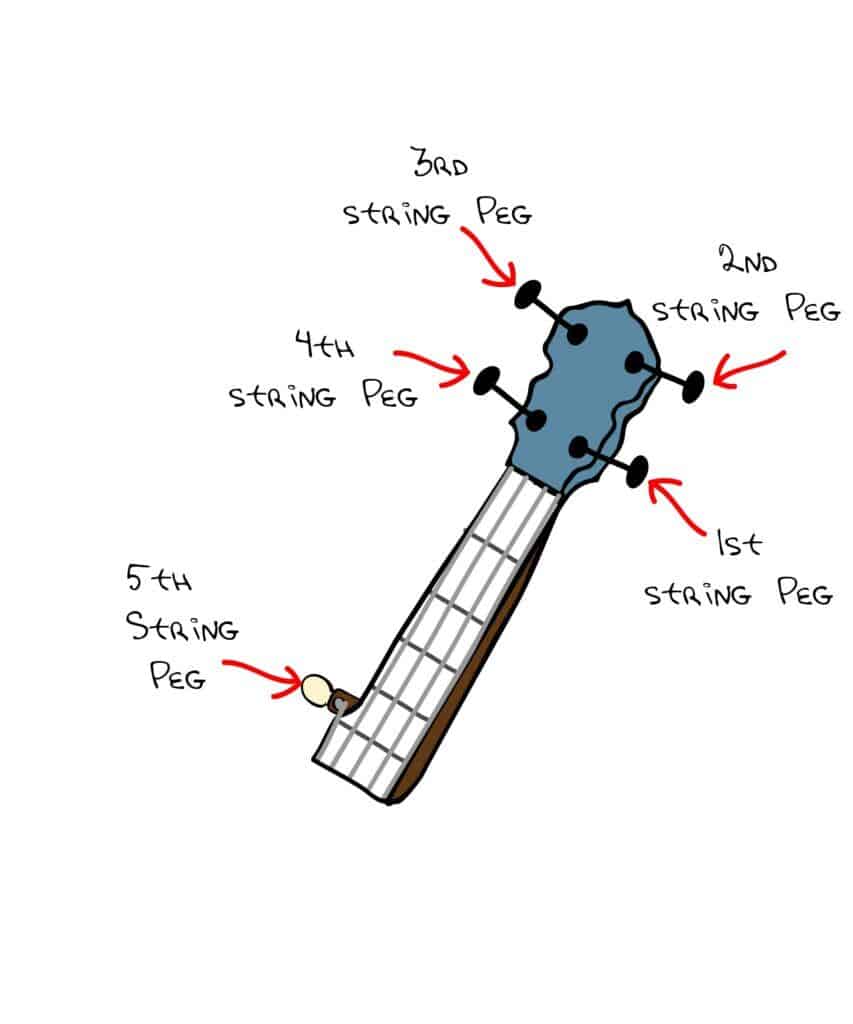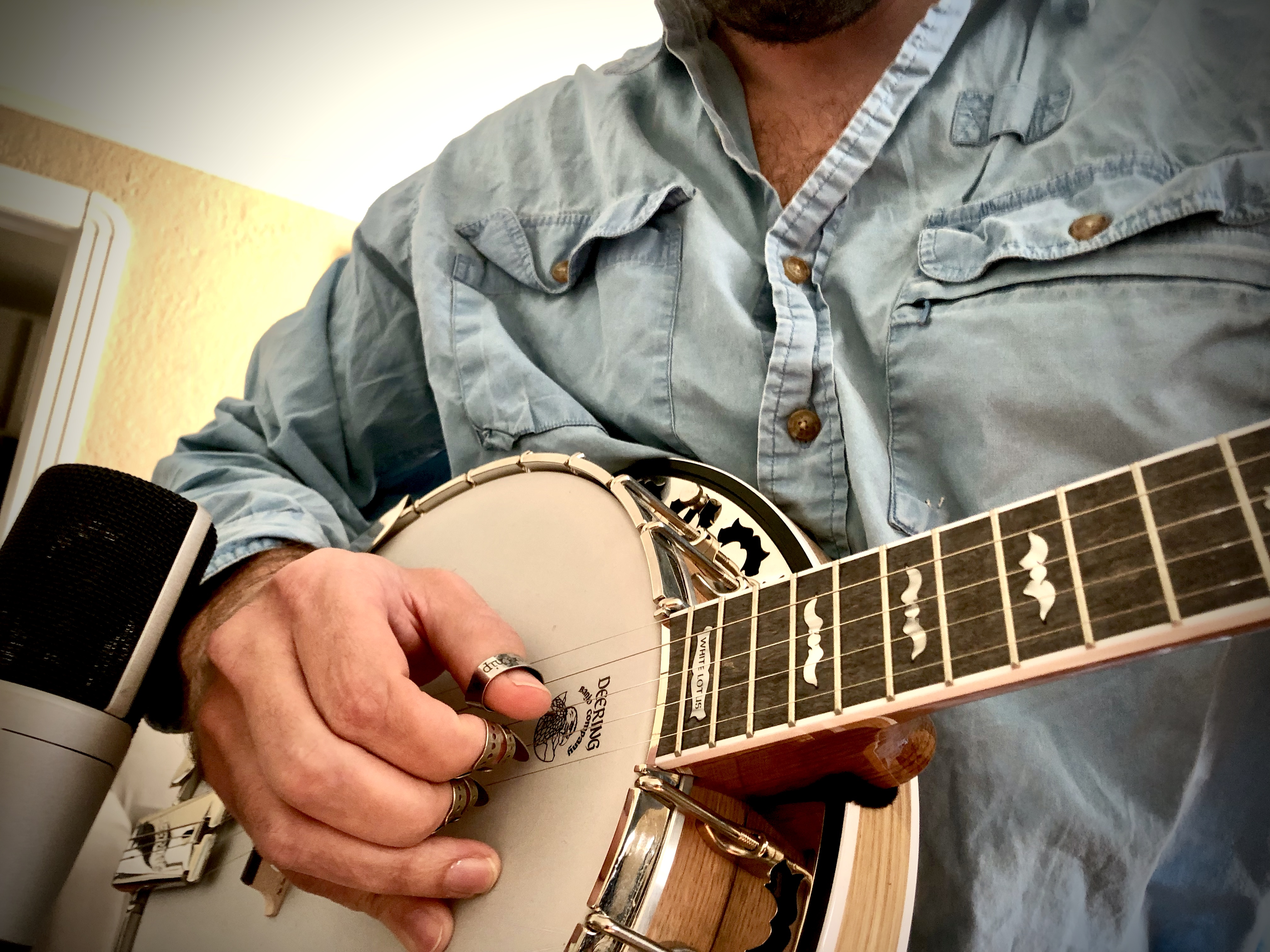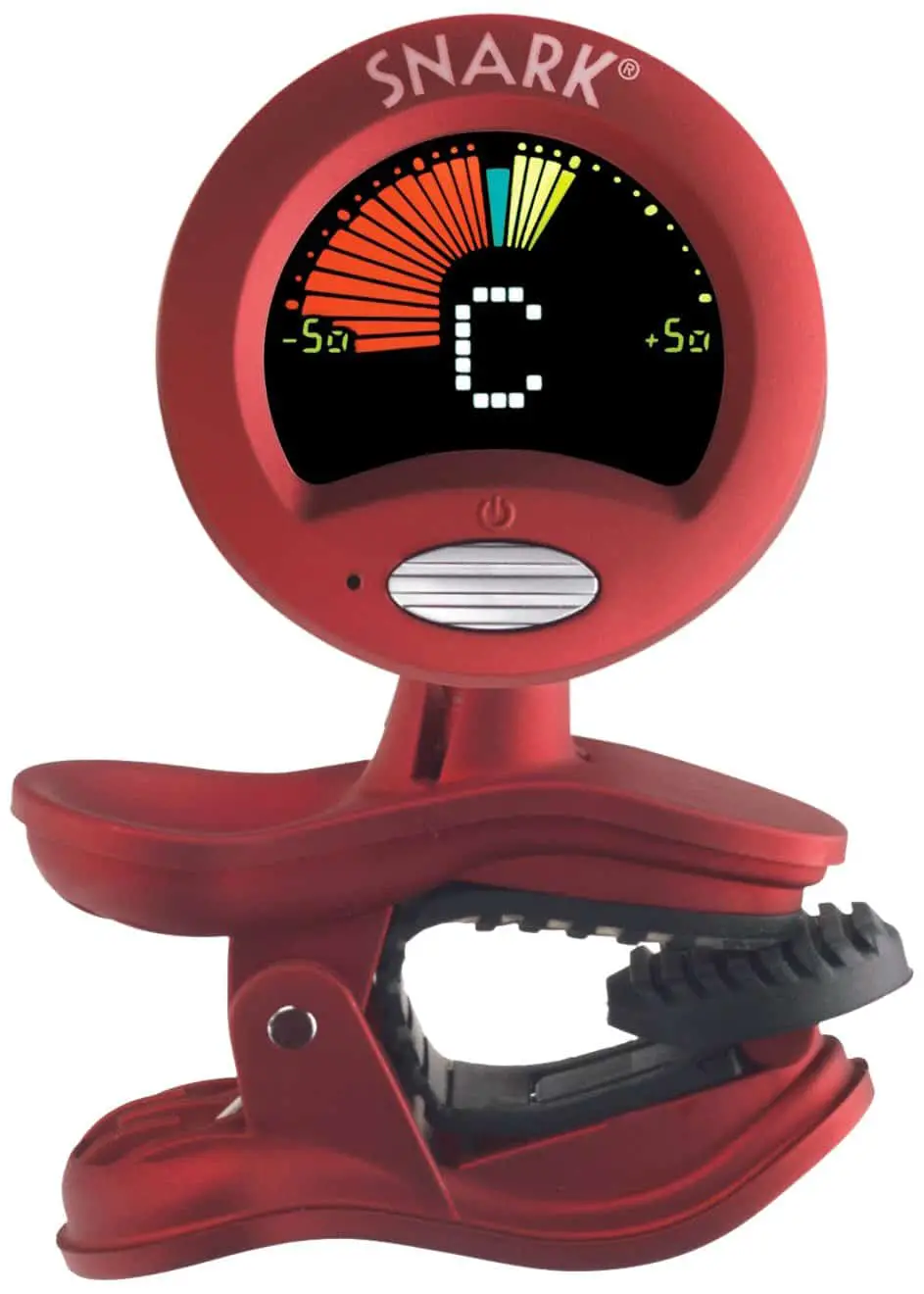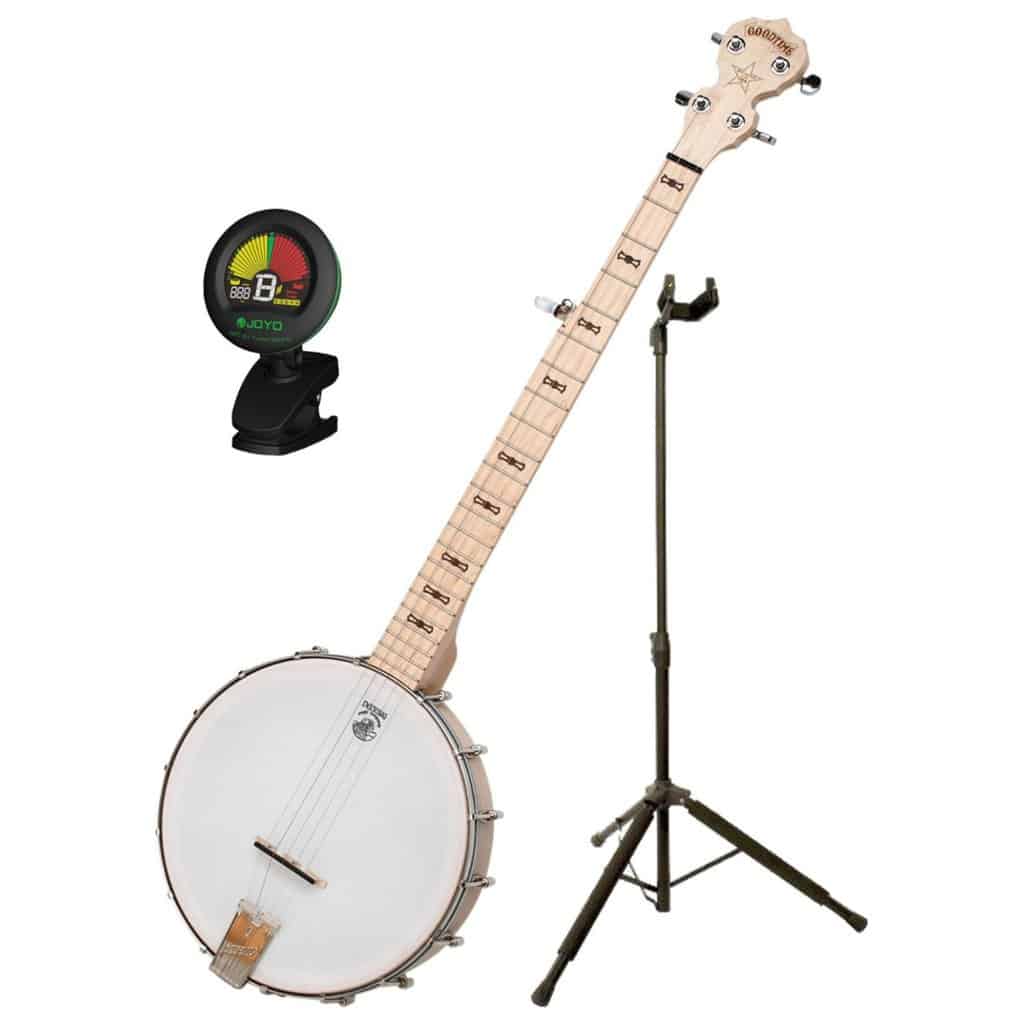Tuning a banjo is an essential skill for any banjo player, and a Snark tuner can make the process quick and easy. In this blog post, we will walk you through the steps of tuning a banjo using a Snark tuner.
What is a Snark Tuner?
A Snark tuner is a type of clip-on tuner that can be attached to the headstock of your banjo. It uses a chromatic tuning system, which means it can tune to any note in the chromatic scale. Snark tuners are popular among musicians because they are accurate, easy to use, and can be used for a variety of instruments.
Preparing to Tune Your Banjo
Before you begin tuning your banjo, make sure it is in a quiet space where you can hear the tuner clearly. You will also need to know which string corresponds to which note on your banjo. Here is a common tuning for banjos, from lowest to highest string: D, G, B, D, G.
Attaching the Snark Tuner
To attach the Snark tuner to your banjo, simply clip it onto the headstock of your instrument. Make sure the display is facing towards you and the tuner is securely attached.
Turning on the Snark Tuner
To turn on the Snark tuner, press the power button. The display should light up and show the current tuning of your banjo.
Tuning Your Banjo with the Snark Tuner
To tune your banjo, pluck the string that you want to tune. The Snark tuner will display the current pitch of the string and whether it is flat, sharp, or in tune. If the string is flat, turn the tuning peg clockwise to tighten the string. If the string is sharp, turn the tuning peg counterclockwise to loosen the string. Continue tuning the string until the Snark tuner displays that it is in tune.
Tuning the Other Strings
Once you have tuned one string, move on to the next string and repeat the tuning process. Make sure to tune each string one at a time, as tuning multiple strings at once can cause them to go out of tune.
Checking the Overall Tuning
After you have tuned all of the strings, play a chord or a few notes on your banjo to check the overall tuning. If one or more strings are out of tune, use the Snark tuner to make any necessary adjustments.
Tips for Using a Snark Tuner
* Make sure the Snark tuner is securely attached to the headstock of your banjo.
* Use the tuner in a quiet space where you can hear it clearly.
* Tune one string at a time.
* Check the overall tuning of your banjo after tuning all of the strings.
* Be patient and take your time tuning your banjo.
Looking to tune your banjo with precision? Check out our guides on tuning a mandolin with a Snark tuner, using an electronic tuner for banjo tuning, and tuning a 6-string banjo for all the tips and tricks you need to keep your instrument sounding perfect. If you’re also interested in learning to play Scruggs style, don’t miss our article on mastering Scruggs style banjo playing!
Conclusion
Tuning a banjo with a Snark tuner is a simple and straightforward process. By following the steps outlined in this blog post, you can ensure that your banjo is always in tune and ready to play. With a Snark tuner, you can tune your banjo quickly and accurately, allowing you to spend more time playing and less time tuning.






